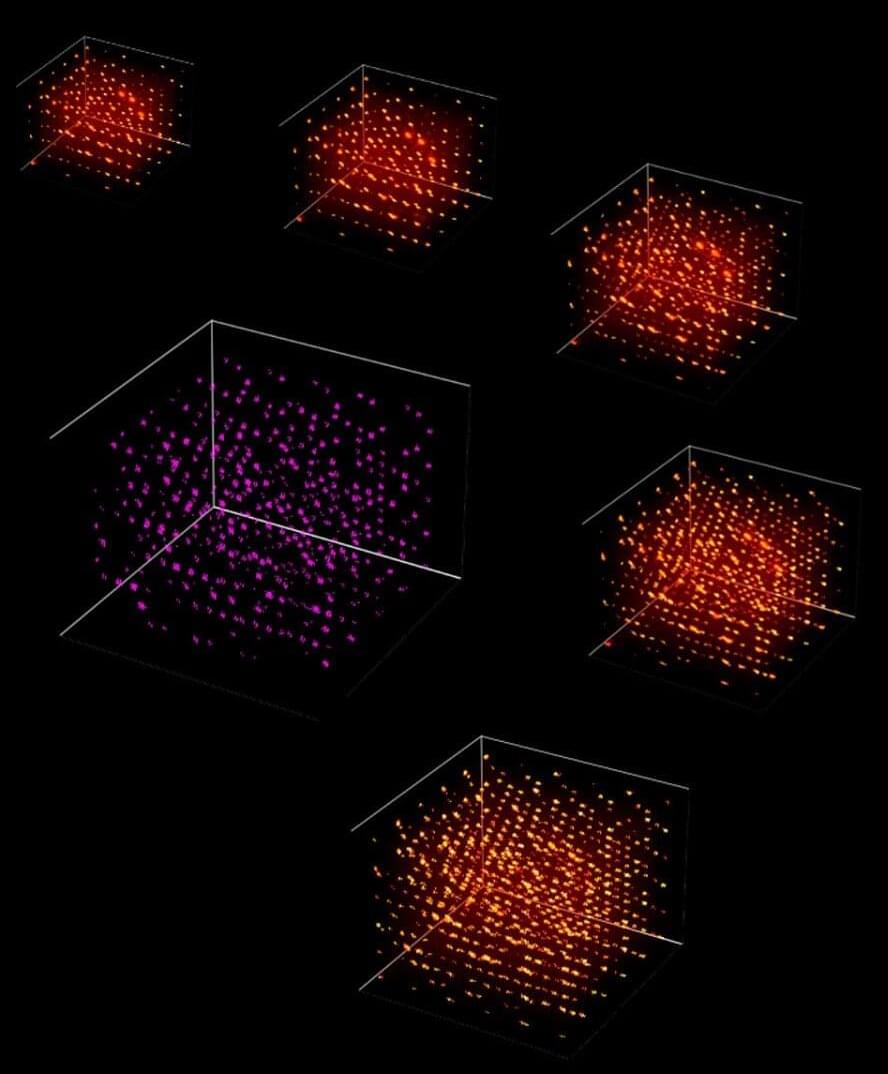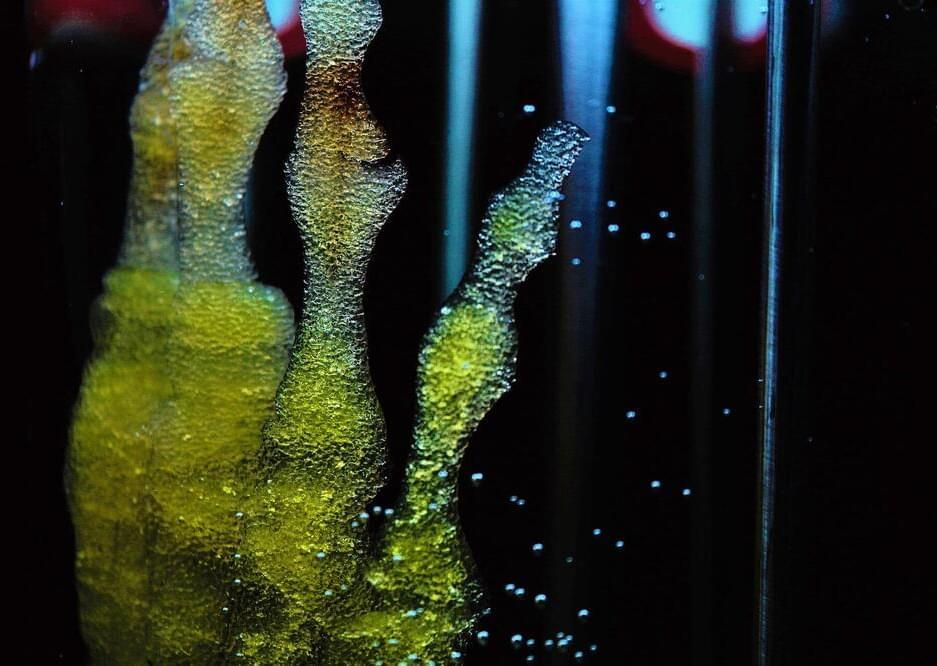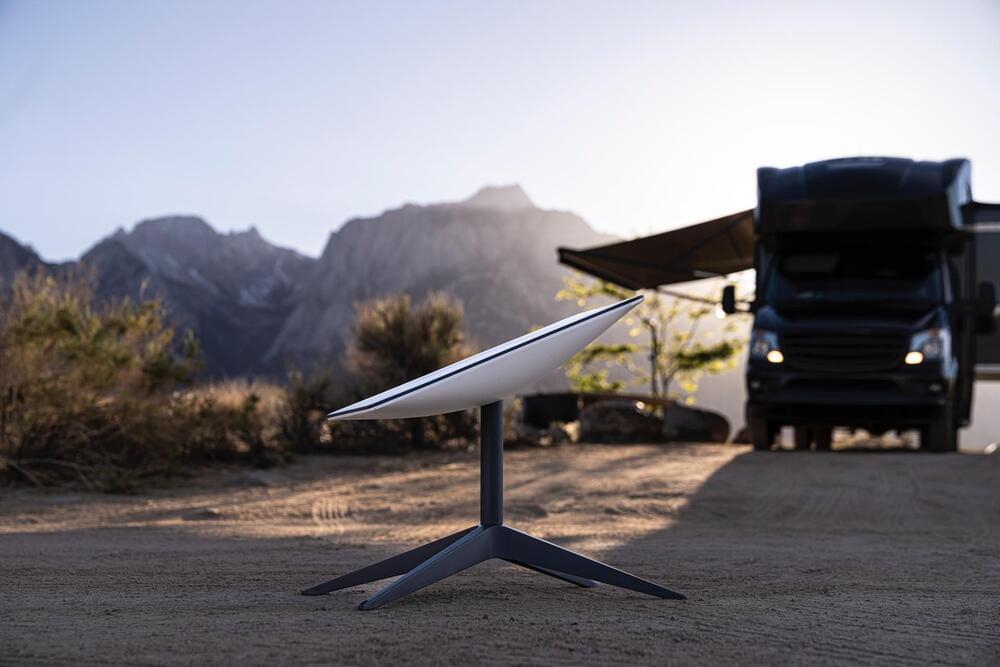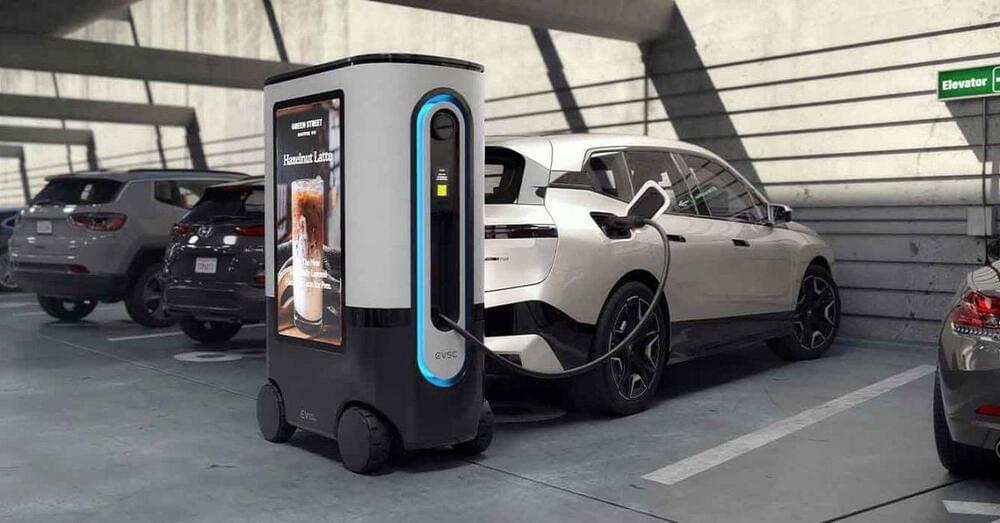The legendary Skunk Works had a hand in developing Tom Cruise’s fastest plane yet.
In Top Gun: Maverick, Captain Pete “Maverick” Mitchell takes his need for speed to a new realm: the hypersonic realm, that is. Thirty-six years after the first film debuted, Mitchell is a test pilot flying the SR-72 “Darkstar” airplane. Although fictional, the SR-72 has a real-world pedigree, with design help for the aircraft and models coming from the same group that is designing the real SR-72: the world-famous Skunk Works, Lockheed Martin’s Advanced Development Programs.
According to Lockheed Martin, the production team behind Top Gun: Maverick contacted the company’s Skunk Works division to assist with the SR-72 concept. The Skunk Works, a name drawn from the cartoon Li’l Abner, is the division of Lockheed Martin that works on classified aircraft programs.








